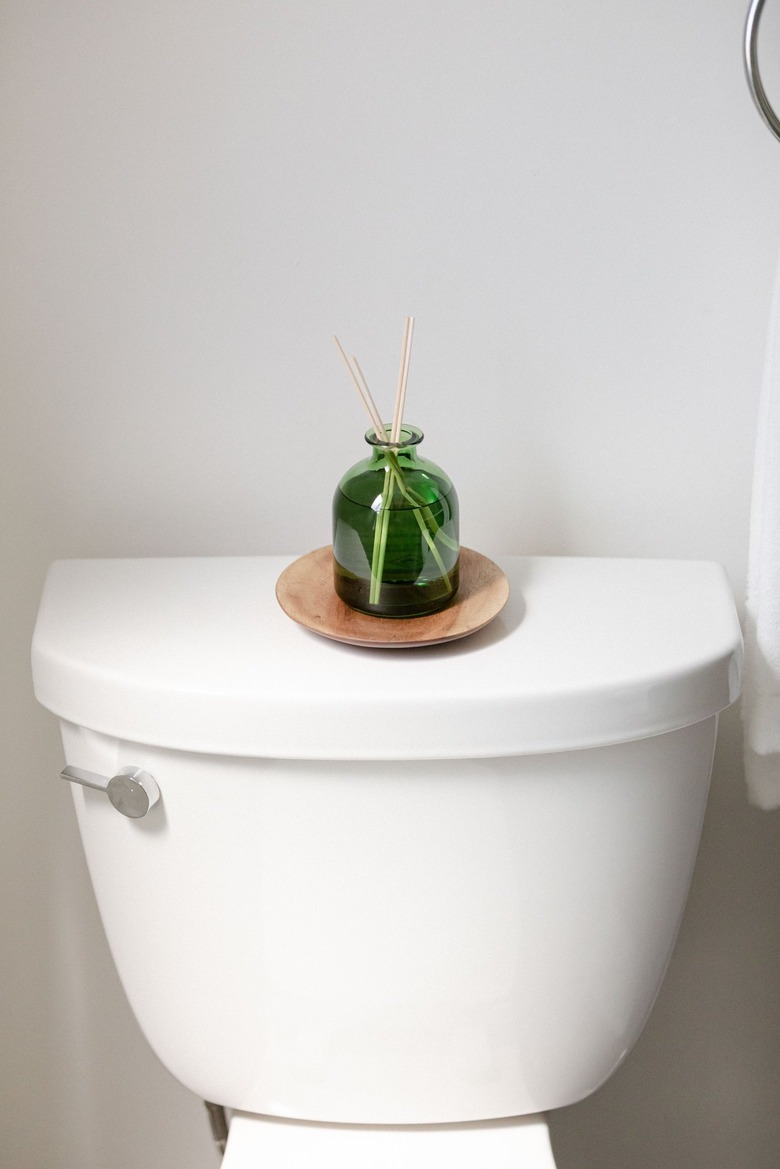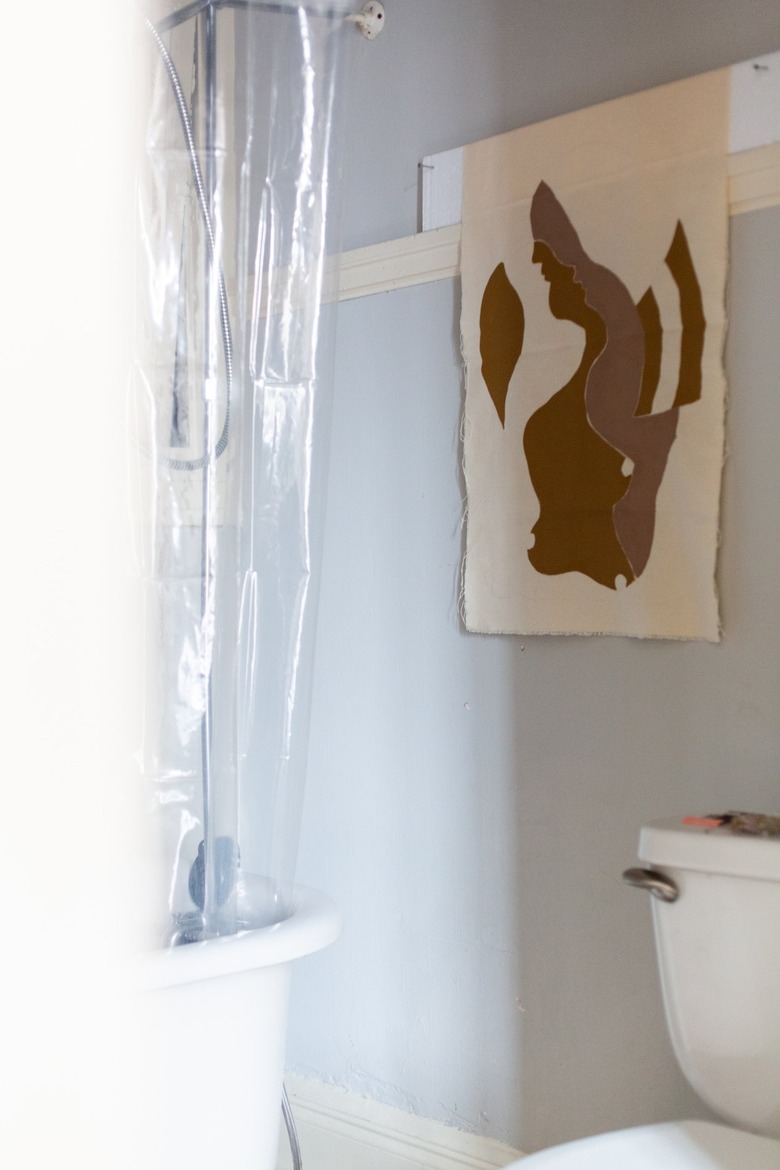How To Fix Or Replace A Toilet Flush Handle
It's all happened to us at one time or another: You go to flush the toilet, only to realize the flush handle has no give and has suddenly stopped working. The flush handle on a toilet gets a lot of use, and it can break over time, which effectively means the toilet won't work. Fortunately, fixing the toilet handle is a simple DIY project that will get the fixture up and running without the need of a plumber.
Flush Handle Operation
Flush Handle Operation
The toilet handle starts the whole flushing process. The handle is connected to a lever, or arm, that is inside the toilet tank. The lever is the attachment point for a chain that connects the lever arm to the toilet's flapper on the bottom of the tank. When you use the toilet handle, the flapper opens, and the water in the tank flows to the bowl to remove the waste.
It's a simple mechanism, but it can develop problems. There's a nut on the inside of the toilet that keeps the handle and lever in the proper position. Plastic nuts can crack, making the handle loose. Metal nuts can corrode. The lever itself can be made of plastic or brass, and plastic levers can break over time.
Sometimes, the tank lever nut can become loose. To tighten it, remove the toilet tank top and place it out of the way. This nut and the stem to which you attach it have reverse threads, meaning that the threads go in the opposite direction than you may be used to. To tighten a standard thread nut, you turn it clockwise, or to the right. With reverse threads, you turn in the opposite direction — counterclockwise, or to the left.
Types of Toilet Handles
Types of Toilet Handles
Toilet manufacturers place the flush handle on the front or the side of the toilet or on the left or right side. These companies produce flush handle assemblies — the handle and the lever — for specific toilet models. There are a variety of finishes available. Some manufacturers create flush handles with finishes that match the faucets they manufacture.
Even if you choose a universal lever assembly, you still must make sure you pick one that is designed for either front or side or left or right placement. The term "universal" often means that it fits a variety of makes and models rather than a handle and lever designed for a specific product line.
There are universal flush levers that are adjustable. Both Fluidmaster and Korky, companies that specialize in replacement parts, produce flush levers that can accommodate any lever placement. They both have proprietary designs that allow the lever to be fixed in any position relative to the lever handle and stem. Some allow you to adjust the length of the lever arm.
Things Needed
-
Adjustable wrench (if needed)
How to Replace a Toilet Flush Handle
1. Turn Off the Water
Remove the tank lid and set it aside. Close the shutoff valve that is located on the wall or floor near the toilet. Turn the valve clockwise to stop the flow of water. Then, flush the toilet to drain the tank. Some people skip this step, but working in the tank when it is full can be bothersome.
2. Disconnect the Old Toilet Handle
Unhook the flapper chain from the lever. Unscrew the lock nut on the inside of the tank that secures the handle to the tank. The nut and stem have reverse threads, so turn the nut clockwise rather than counterclockwise to loosen it. If the nut is stuck or if it's made of metal, use a wrench to unscrew it. It is important to turn the nut in the right direction; if you overtighten it by mistake, you could crack the toilet tank.
3. Remove the Old Flush Handle
Slide the nut down the length of the lever. Work the lever out through the hole in the tank. You may have to try a few angles to get out the assembly.
4. Install the New Flush Handle
In most cases, the handle is already attached to the lever arm. If the lock nut is threaded on the arm, remove the nut. Then, work the lever arm into the hole on the tank. Slide the lock nut onto the arm and attach it to the threads near the handle. Tighten in the counterclockwise direction but don't overtighten.
5. Connect the Flapper Chain
Attach the chain to one of the holes in the lever. There should be about 1/2 inch of slack in the chain. If it is too taut, the chain may prevent the flapper from sealing properly. If it is too loose, the flapper may not open all the way, interfering with the flush. Test it by turning on the water and flushing the toilet. You may have to try different holes or adjust the length of the chain to get it right.
Tip
You can use a hacksaw to cut lever arms that are too long. You can bend brass arms if necessary to get them in the proper position. Another option is to use a flush handle assembly that is fully adjustable.

